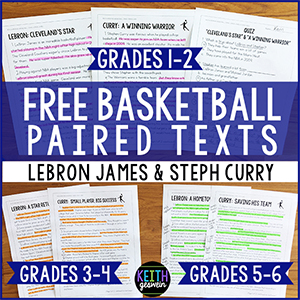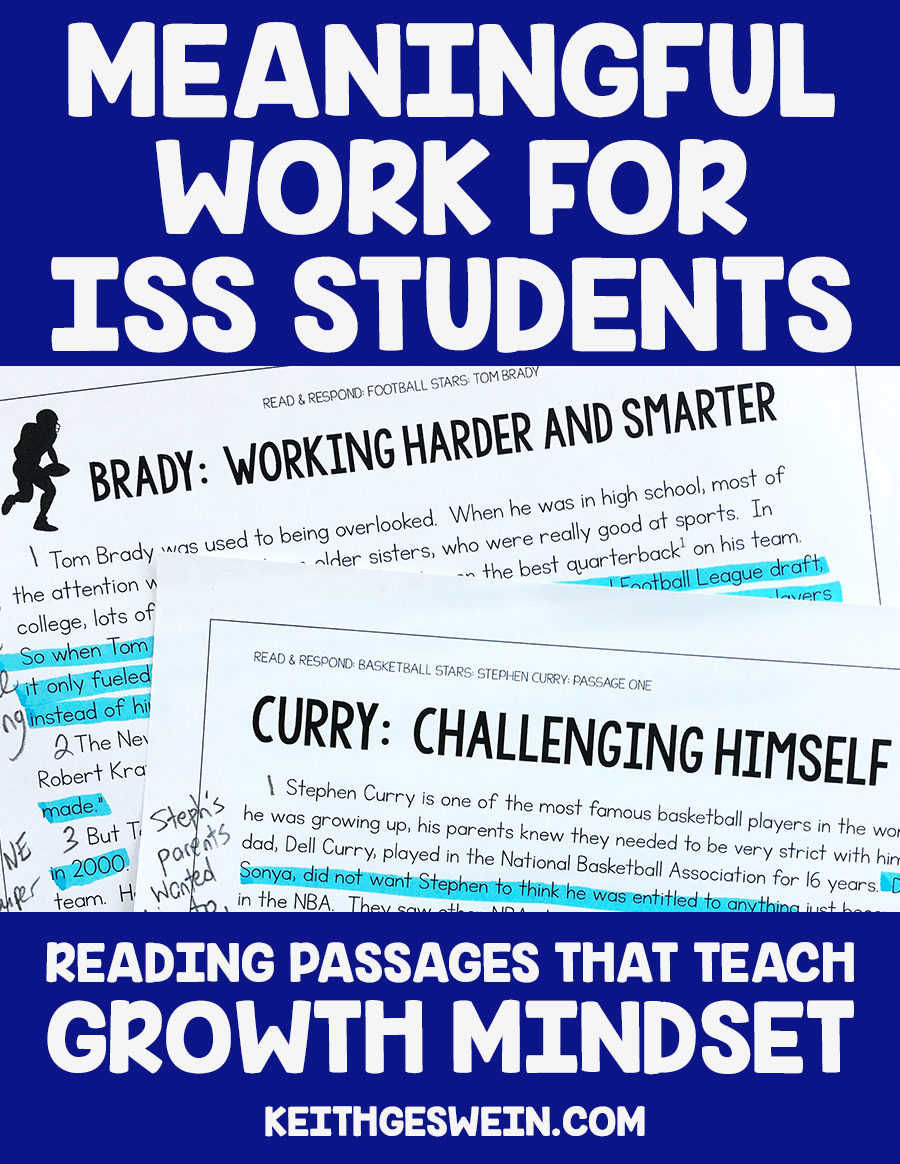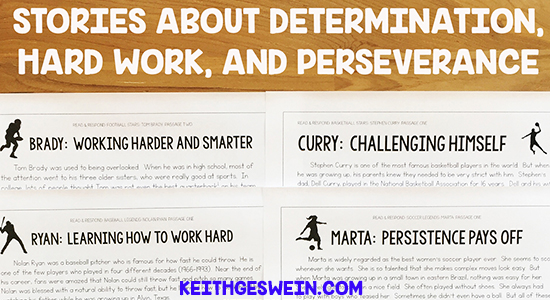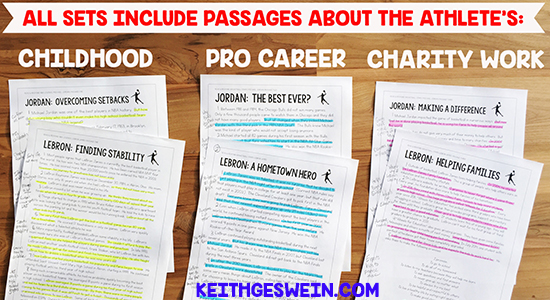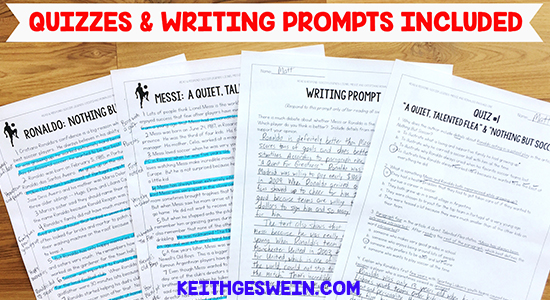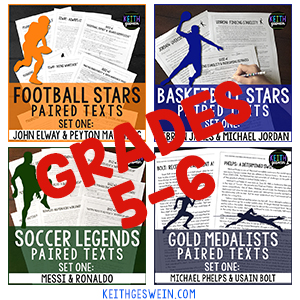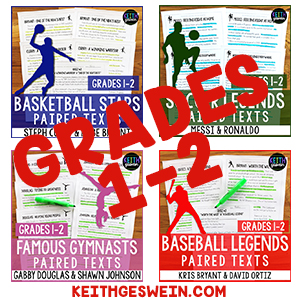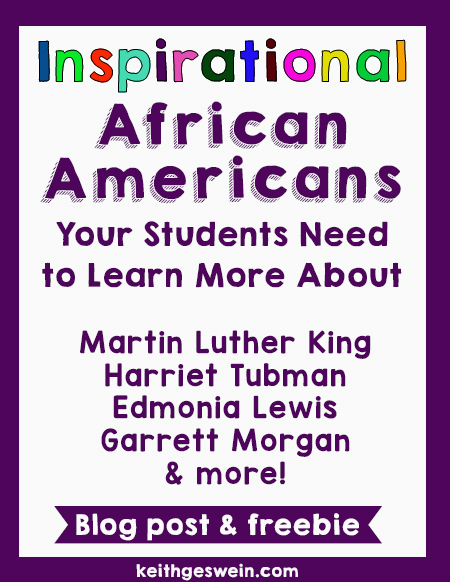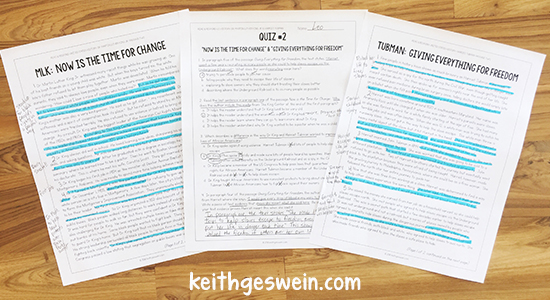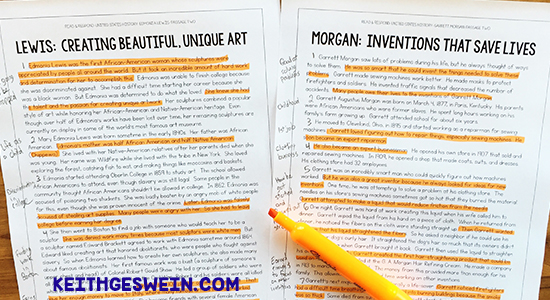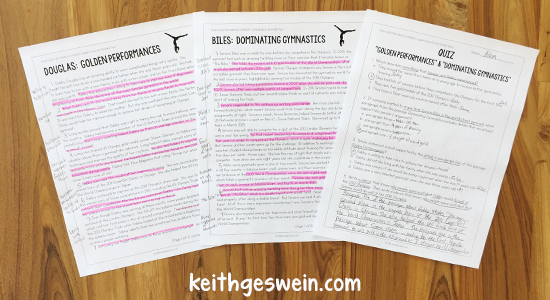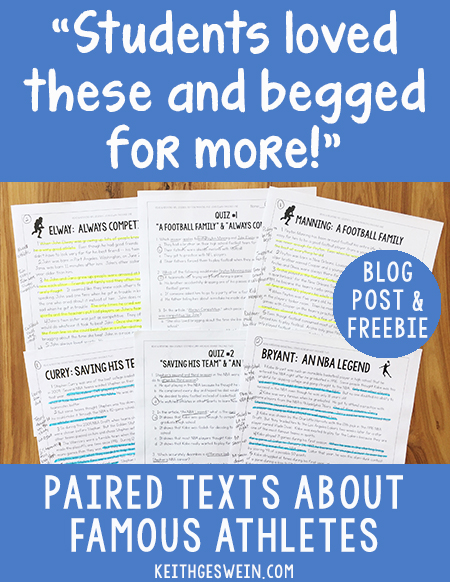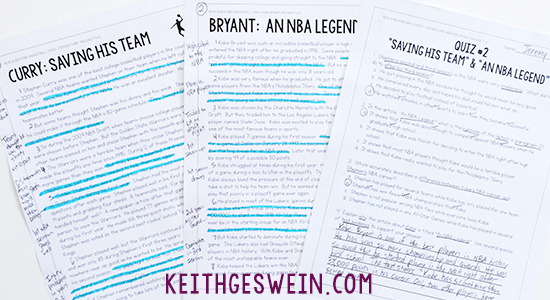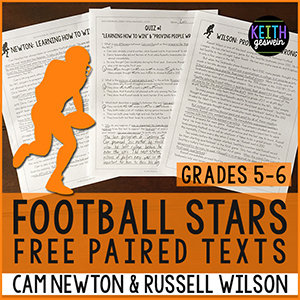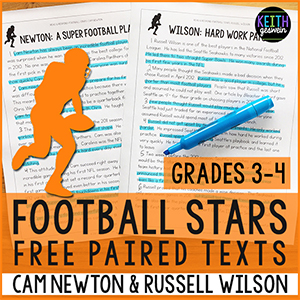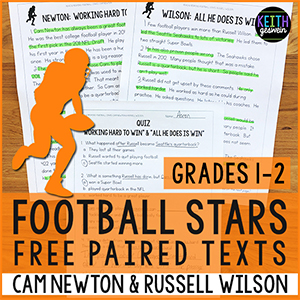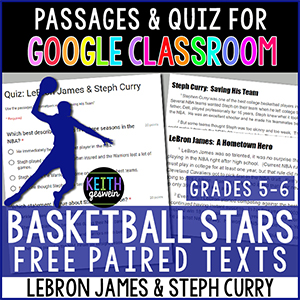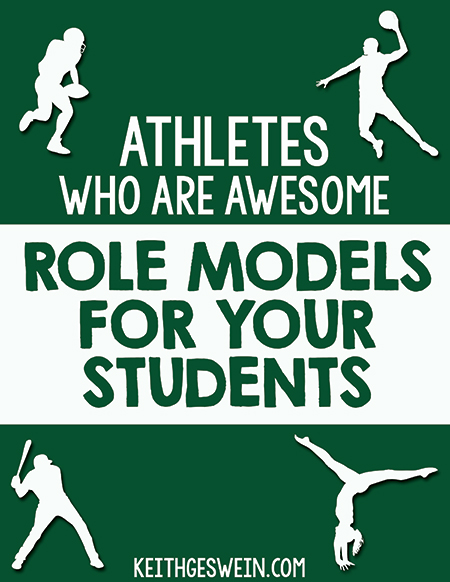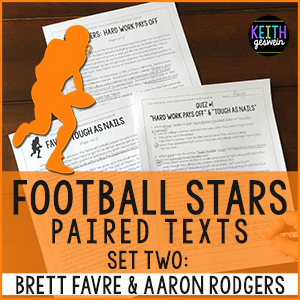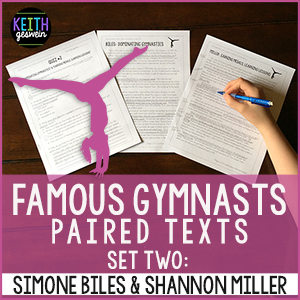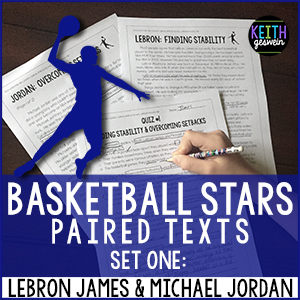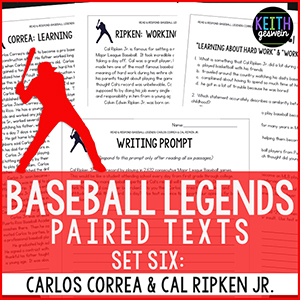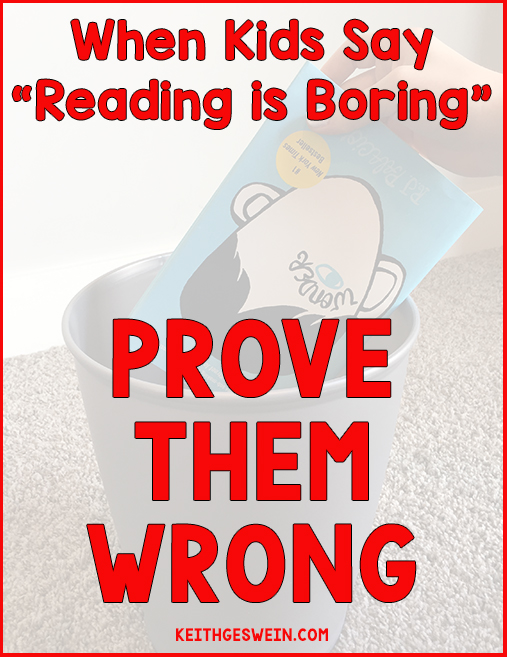
“Aw man, reading sucks.”
I volunteered at a local school recently to help administer state testing. I worked with a small group of elementary students for one week. One boy seemed particularly annoyed at spending the next three hours bubbling circles on a reading test. My thoughts were confirmed when I gave him his test and he said the quote above.
My first thought: CHALLENGE ACCEPTED!
By the end of the week, this boy almost ran into a wall while walking to class because he refused to look up from what he was reading.
How did this happen? I learned a lot during my 14 years of teaching that helped me show this boy that reading does not suck. I hope my story gives you ideas to engage your students who normally hate reading.
When a Student Says “Reading Sucks” ACCEPT THE CHALLENGE!
When a kid says they hate reading, it usually means one or two things:
- They are rarely given, or know how to find, reading material about topics that interest them.
- They struggle to read and feel bad about it.
I taught long enough to know this boy fell into the first category. When he said, “Aw man, reading sucks,” I just walked away. I said nothing, but I used his words as motivation to provide reading material that he would love. The best part of teaching is showing a reluctant reader that reading can be an enjoyable experience. I only had a week with these kids, but I was determined to show him that reading is fun.
Like everything else in teaching, this is no easy task. You MUST get to know students who say reading is terrible. How are you going to provide engaging reading material if you don’t know what interests the student?
Goldfish Crackers — The Golden Ticket
When my small group began testing on day one, I wondered how I could get time to talk to them. This was a challenge since the whole school had to be quiet for testing and I had to leave when testing ended. Then I looked at the table beside me and saw the golden ticket — SNACKS! Between part 1 and 2 of testing, I snuck my students to the cafeteria to eat their snacks. I’m not sure if I was technically allowed to do that, but the cafeteria was far enough from classrooms that a few kids talking would not disturb any test takers.
I spent the next 10 minutes asking questions to my small group while they gobbled their goldfish and slurped their juice boxes.
Which special class is your favorite?
What’s the best thing in your home?
Where else have you lived?
Several students chatted about art, visiting their home country, and their XBox at home. That was great, but my reluctant reader was still quiet. I only had a few minutes before I had to return to testing. Time was running out. I was determined to find something this boy liked before I left on day one.
What’s the best/worst lunch here?
Tell me about one person who lives with you?
What do you enjoy doing after sch…
SOCCER!!!!!
This boy, who had said three words the last 10 minutes, barely let me finish my question before he blurted out his favorite sport. Then he talked about friends he played with, where he played, and how he scored a bunch of goals one game.
During our snack break the next day, I asked who his favorite player was. He said his favorite player was Cristiano Ronaldo because he had cool hair. Then another student in my group started talking about how she enjoyed playing basketball.
So I went home and printed off articles about soccer players and basketball players.
After everyone finished on the final day of testing, I gave these articles to the kids to read. They finished early and I figured their teacher wouldn’t mind 10-15 extra minutes of having fewer students in her classroom. I gave the article about Ronaldo to the boy who said reading sucks. I pointed to the top of the page to show him it was about Ronaldo.
The boy literally jumped out of his seat.
He then proceeded to read the passage for the next 10 minutes. He did not look up or say a word until he was done. Then I gave him a passage about basketball star Steph Curry and he devoured it too. When it was time to leave our testing room, I walked out to the hallway with my group. As I was ensuring I had all testing supplies, I noticed the boy was not with us.
He was still at his table reading the passage about Curry. He didn’t notice everyone had left.
He refused to look up from the passage about Curry as we walked back to the classroom. Before he returned to class, I asked him “Are you sure that reading sucks?” Unfortunately, he didn’t respond because he was so engaged in what he was reading.
I think I proved my point.
How Do You Learn About Your Reluctant Readers?
- Ask them questions about themselves.
- Chat with them during recess.
- Eat lunch with a few students.
- Find them before or after school.
- Call on students to say a few words about things they like. Morning meetings are perfect opportunities for this if that’s part of your schedule.
- Give them chances to write about their interests.
- Watch what they do during recess.
- Do read alouds and keep an eye open for times when they enjoy it or don’t show as much boredom as they normally do.
Once you find out what they like, that will help you find reading material that engages them. Even if you can’t work that reading material into your ELA lesson, just give it to them and say, “This is about _______. I think you’ll enjoy it!”
You can’t always provide every single student with reading material they love. But you can’t let a student leave your class without having some enjoyable reading experiences.
If you have students who enjoy sports, feel free to grab my free reading passages about famous athletes. Each of these free downloads has passages on a variety of reading levels to meet the needs of your students. Click the images for more information.

